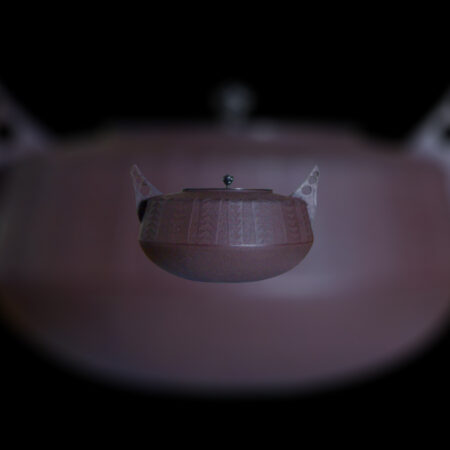Funadansu (chest of drawers) / Ledger Box with Left Zuri-do (Sakata type)
This is a chest of drawers produced in the Sakata region of Yamagata Prefecture, Japan.
(a box for storing documents, money, and other important items). What is unique about this chest?
The door slides off to the left on one side. It has four keys, is easy to handle, and can hold a lot of things.
It is easy to handle and can hold a lot of things. The right door has a coin box (for storing coins), and the left door has a double box made of paulownia wood (because it is airtight).
(airtight to prevent water from entering and to protect important documents) on the left door.
The most important wholesaler of the building was a shipping agent (a wholesaler who conducted various businesses for merchant vessels from the Edo period to the Meiji period).
The most important thing for a shipping agent (a wholesaler who conducted various businesses for merchant vessels from the Edo period to the Meiji period) was the ledger box. In the Edo period, the most important thing for wholesalers was the ledger box.
In the Edo period, they did not unload the boxes from the ship, but brought them to the inn when the ship docked. In those days, the high level of the book-box was regarded as a sign of success.
In those days, craftsmen competed with each other to make these boxes, as the high quality of the box was a sign of success in business.
Funadansu (chests of drawers) were used to protect valuables aboard the Kitamae-bune, which supported logistics on the Sea of Japan coast from the Edo period to the Meiji period (1868-1912).
They were used as safes to protect valuables aboard the Kitamae-bune, which supported logistics on the Sea of Japan coast from the Edo period to the Meiji period. They are unique in the world in that they are both strong and beautiful.
The functional beauty of the chests, combining strength and beauty, is unparalleled in the world. Despite its heavy weight, the "Funadansu" was never damaged in maritime accidents.
Despite its weight, the "funa-dansu" does not break or sink in the event of a maritime accident, but rather protects the items inside and floats on water.
The chests are protected by an airtight seal and the ability to float on water. The complex structure of the chest is such that it cannot be easily opened by anyone.
The complex structure is protected by a lock and a mechanism that prevents anyone from opening it easily.
The "shipbuilding" is a 100-year old vessel that was built from the Edo period to the Meiji period, and was manufactured using materials and methods inherited from that time.
The "Funadansu" (chests of drawers) made from the Edo period to the Meiji period have been revived as they were in those days.
Art
A door that uniquely slides off to the left on one side.
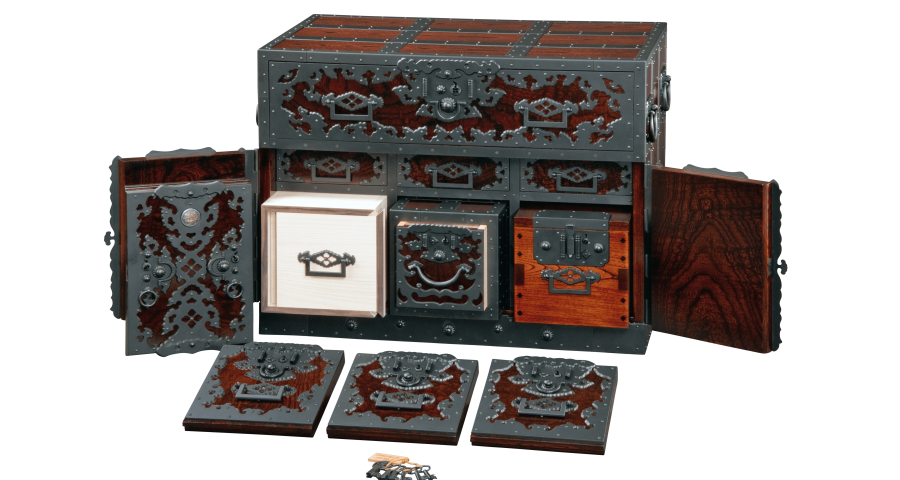
Artist
Solely dedicated to funadansu, the second generation of Takumi Kogei
Hirofumi Murata
After working at an automobile manufacturer for 7 years, he worked as a mechanic.
He became fascinated with funadansu (chests for voyages) after meeting Kenjiro Katsuki, who revived funadansu over 7 years by researching literature and visiting remaining old funadansu across Japan.
He joined Takumi Kogei, a chest and dresser manufacturer founded by Kenjiro Katsuki that builds funadansu with traditional production methods. Since then, he has been focused on crafting funadansu.
He assumed the position of the second head of Takumi Kogei in 2015.

Art Style
Reviving 'funadansu' in the modern era with traditional manufacturing methods
Funa-dansu
Using traditional production methods for creating the base wood material and metal fittings and for applying lacquer, Takumi Kogei manually builds each and every funadansu, which can be described as the roots of Japanese furniture. As such, only about 30 funadansu are built by this chest and dresser manufacturer each year. The second head Hirofumi Murata (metal fittings artisan), who leads the production, and the 5 other artisans of Takumi Kogei, specifically woodworkers and lacquerers, build one funadansu over a period of 4 to 7 months. The production process is divided into several steps, each step performed by a member specializing in that step.
Two conditions are imposed on funadansu that float in the water when a ship sinks. The first one is to be airtight enough to float in the ocean. As valuables almost as important as lives––such as the ship’s travel permit, trade records, invoices, seals, and money––were stored in funadansu, they were thrown in the ocean immediately when an accident occurred during a voyage so that the valuables would not sink together with the ship. For this reason, funadansu had to be highly airtight so that it would float in the ocean without losing the items stored in it. The second condition is that it had to have a complex structure protected with locks so that it could not be opened easily. In case of an accident, funadansu would travel a long distance across the ocean on its own. There was a need to prevent the misuse of the valuables inside the drifted funadansu by a person who found it.
The production of funadansu with traditional methods that meet these conditions has been brought back to life today by Takumi Kogei, currently head by Hirofumi Murata.

Roots
A uniquely Japanese form created by the collective wisdom and skill of craftsmen
Funadansu are elaborate and detailed chests that were loaded on kitamaebune, merchant ships that traversed the Sea of Japan from the middle of Edo period (1603–1868) to the late Meiji period (1868–1912). Called an essential for the merchant ships, funadansu were purchased by numerous sailors.
The development of shipping by kitamaebune originated from the establishment of the Western route that connected Osaka and Hokkaido (formerly Ezochi). A wide range of goods were delivered to various locations in the country by kitamaebune. As there was still a significant time gap in the transmission of information back then, the merchants made huge profits by taking advantage of that time gap in their trading activities.
At the beginning of the history of kitamaebune, many cargo ships of Kono-ura, Echizen and other locations in the Hokuriku region shipped goods of the merchants based in the Omi region. By the late Edo period, ship owners of the Hokuriku region began to transport their own goods for trade, leading to the development of kitamaebune ships as merchant ships.
The prosperity of Kitamaebune trade came to an end in 1885 when the government issued an order banning the production of Japanese style ships (wasen) due to frequent marine accidents involving wasen. While kitamaebune trade continued to decline from thereon, land routes were developed one after another and funadansu gradually became devoid of purpose.
Nevertheless, as funadansu––with a configuration unique to Japan and unparalleled in the world––are extremely durable and highly water-resistant, a number of funadansu from the times of kitamaebune remain today. These antique funadansu, the result of the wisdom and skills of artisans, are stored and/or displayed at museums and other facilities in several locations in Japan.

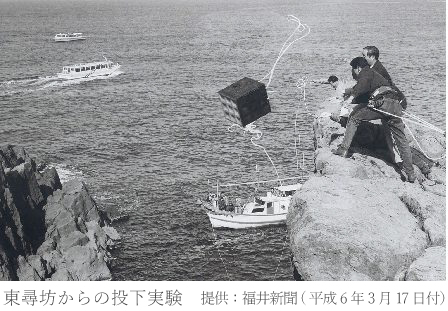

特集記事一覧
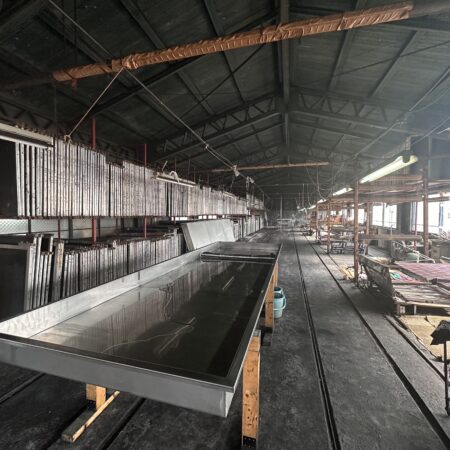
Connecting People and Tradition through Dyeing
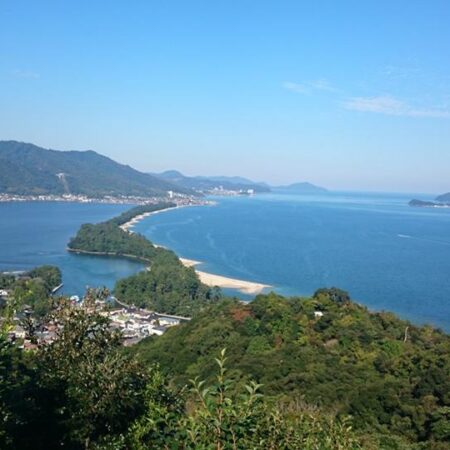
Exploring the Charms of Miyazu City, Kyoto Prefecture

A Hidden Gem of Otsuki City: Experience Guide to Enjoy with Mount Fuji

A Heartwarming Journey through a Treasure Trove of Nature and History

Experiencing History and Inherited Memories in Asuka Village

Discover! The Charm of Miki City
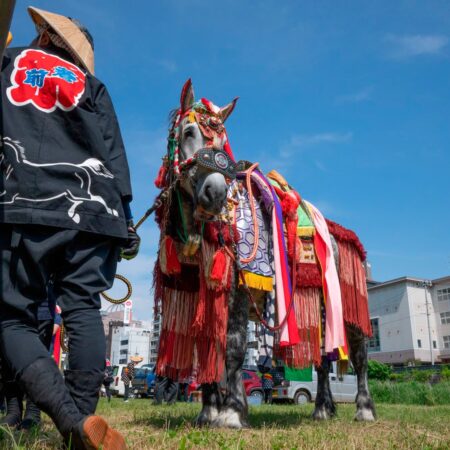
The Enchanting City of Morioka
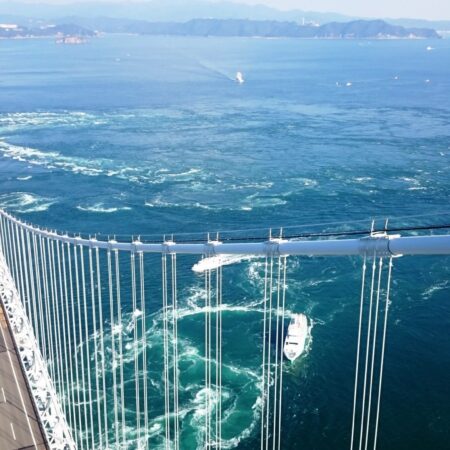
Discovered! Exciting in Tokushima and Naruto City

